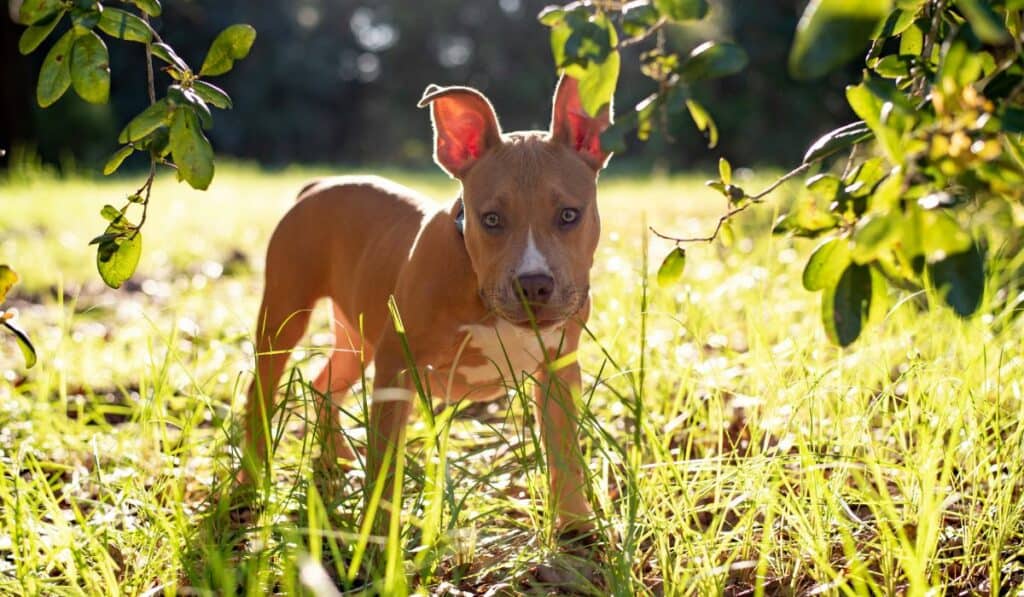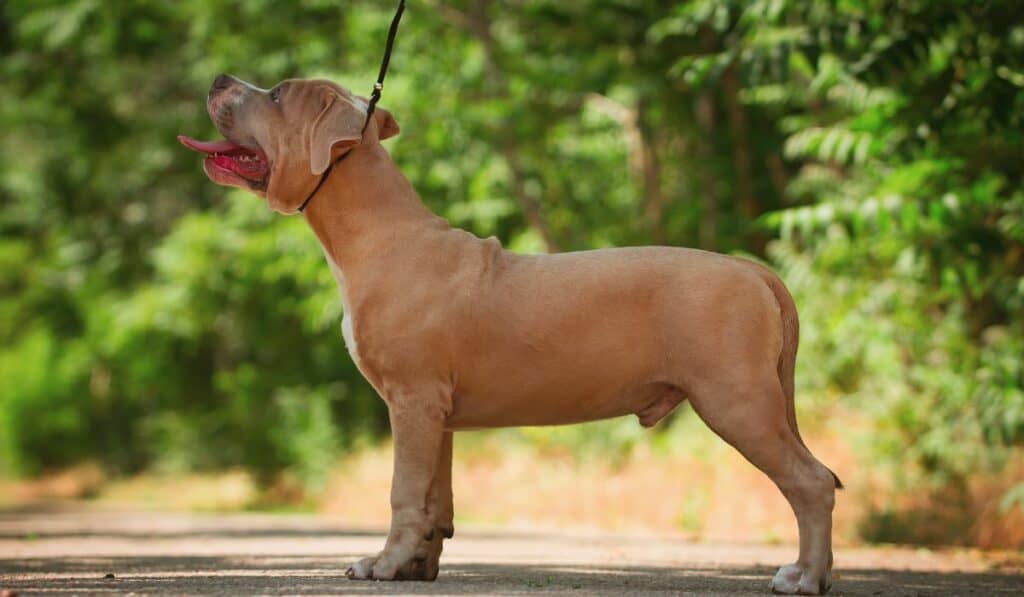American Bullies are a popular dog breed known for their muscular build, loyal temperament, and distinctive physical features. One of their most notable physical traits is their short, often docked tails.
While this feature may seem purely cosmetic, its reason is rooted in history and serves a practical purpose. In this article, we’ll explore why some have short tails.
So, let’s dig in and uncover the story behind this unique dog breed!
Why Do Some American Bullies Have Short Tails?
Congenital disability
One of the reasons some American Bullies have short tails is due to a congenital disability. That means the puppy is born with a shorter tail than normal, or the tail may be completely absent.
It can also occur due to genetic mutations or other factors that affect tail development during fetal development.

But remember that in some cases, congenital disabilities in tail development may be associated with other health problems or developmental abnormalities.
If you suspect that your American Bully has a congenital disability, it’s important to consult with a veterinarian to rule out any underlying health concerns. Before going for the vet visit, it’s advisable to background check so that you will pick the right vet clinic for your pup.
Genetic Mutation
Another reason some American Bullies have short tails is due to a genetic mutation. Some breeds, like the American Bulldog and the Boston Terrier, have naturally short tails due to a genetic mutation. That trait is passed down from generation to generation, and some breeders may selectively breed short-tailed dogs to maintain this trait.
However, it’s important to note that not all American Bullies with short tails have a genetic mutation. Tail length can vary widely within a breed, and some dogs may have naturally shorter tails without any genetic mutation.
Tail Docking
The most common reason why American Bullies have short tails is tail docking.
In case you didn’t know yet, tail docking is a surgical procedure that involves removing a portion of the tail. In some breeds, tail docking is done for practical reasons, such as to prevent tail injuries in working dogs.

However, in the case of American Bullies, tail docking is primarily done for cosmetic reasons to conform to breed standards. It’s typically done when the puppy is between two and five days old.
Moreover, the procedure involves cutting off a portion of the tail with a scalpel or surgical scissors and then using a cauterizing tool to stop the bleeding. The remaining part of the tail is then wrapped with a bandage to help the wound heal.

Get the 7 Biggest Training Mistakes free report!
Final Thoughts
To sum up, there are several reasons why some awesome American Bullies have short tails, including congenital disabilities, genetic mutations, and tail docking.
While congenital disabilities and genetic mutations can be natural occurrences, tail docking is a controversial practice done for cosmetic reasons to conform to breed standards.
It’s essential to consult with a veterinarian to ensure that your American Bully’s tail is healthy and to consider tail docking’s ethical implications before deciding to do the procedure.
